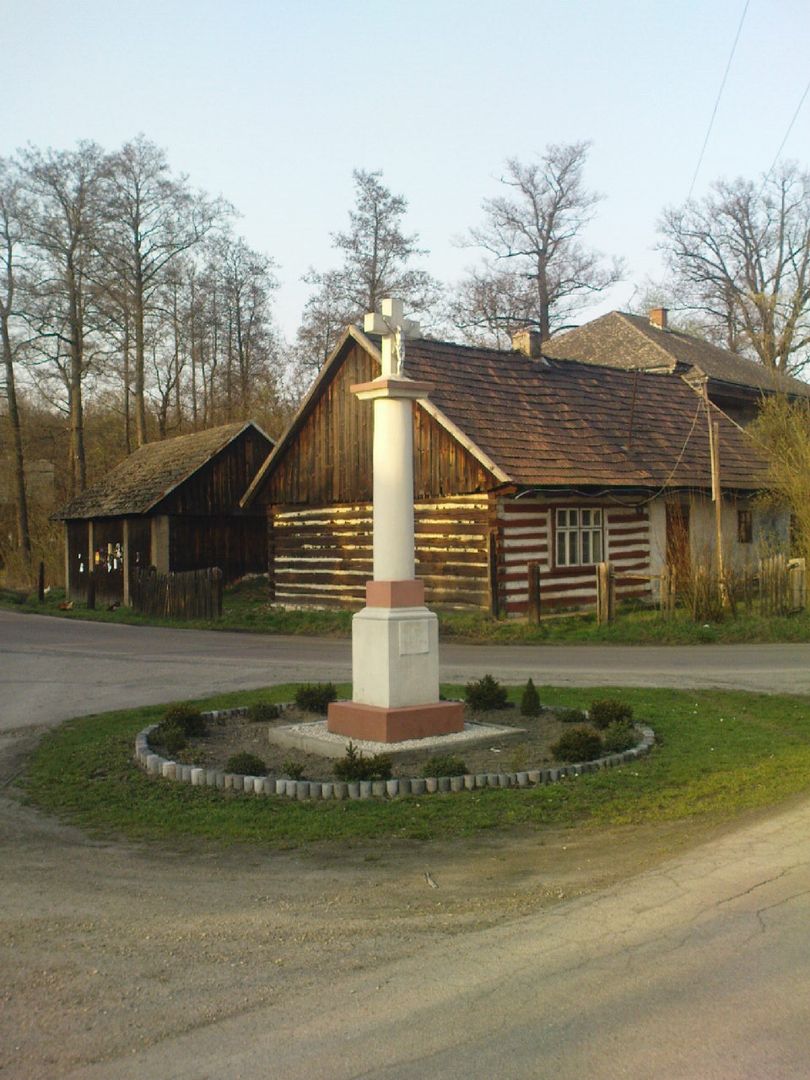Oklesna
6.67

Overview
Okleśna is a village in the Lesser Poland Voivodeship, within the Chrzanów County, boasting a rich history that dates back to the Mesolithic era. The first traces of settlement are estimated to be from around 8000–4500 BCE, and during the Lusatian culture period (900–500 BCE), there were three settlements in the area. In the 12th century, following the migration of peoples, resettlement began; an interesting event was the donation of land by Duke Casimir the Just to Mieszko Tanglefoot. The first recorded mention of Okleśna dates back to 1349, and the village was an important trading point with a ferry on the Vistula River since medieval times. In the 16th century, a paper mill was established here, which operated until the 19th century. During World War II, Okleśna became a center of resistance against the German occupation; many families were displaced, and the residents engaged in underground activities. After the war, the village witnessed clashes between armed underground groups and the new authorities, leading to many tragedies. Today's tourist attractions include the Church of Our Lady of Częstochowa, the "Skowronek" reservoir, numerous chapels, and the ruins of a forge. Okleśna offers a variety of tourist trails, including a route along the Vistula River. The village is well-connected to nearby cities, although rail connections were discontinued in 2002. An interesting fact is the presence of a local theater group called "Tradycja" (Tradition), which wins awards at folk festivals. Okleśna is a place of high historical and cultural value, where history meets nature.
Location
2025 Wizytor | All Rights Reserved